Author: Gale F. Hoffnagle, CCM, QEP | janvier 5, 2024

Utilisation actuelle des données de surveillance
S’il y a un moniteur à un endroit donné qui peut être considéré comme représentatif des concentrations de fond, la pratique actuelle consiste à utiliser ces données pour représenter la concentration de fond. La concentration de fond mesurée est ajoutée aux résultats modélisés de la nouvelle source afin de déterminer la conformité au SNQA. Dans la plupart des cas, la nouvelle source ne contribue qu’à un faible pourcentage (1 ou 2 microgrammes par mètre cube) et le fond est beaucoup plus grand que la contribution de la source.
Ce que la nouvelle ligne directrice exige
La ligne directrice proposée exige un processus en quatre étapes pour établir une concentration de fond :
- Définir la portée de l’étude, y compris le SNQA, la période de calcul de la moyenne, le domaine de modélisation et l’environnement de dispersion.
- Trouvez les données de surveillance ambiante pertinentes, les données d’émissions disponibles pour toutes les sources qui pourraient avoir une incidence sur les concentrations de fond et les modélisations antérieures dans la zone pour le polluant en question.
- Déterminer la représentativité des données de surveillance de l’environnement, le cas échéant. Le guide exige une comparaison visuelle de l’emplacement du moniteur en ce qui concerne les sources émettrices, la source proposée, le terrain et la météorologie. Cela nécessite une personne qualifiée pour effectuer une évaluation sur place de la zone du projet et du site de surveillance. Le résultat de cette exigence peut forcer de nombreuses sources à effectuer leur propre surveillance de l’environnement propre au site avant de permettre. Cela pourrait nécessiter jusqu’à un an de surveillance.
- Évaluer les sources d’émissions qui pourraient ne pas être représentées dans les données surveillées (par exemple, des sources plus récentes ou autorisées, mais pas construites), effectuer une évaluation quantitative supplémentaire pour évaluer l’impact d’autres sources et, enfin, documenter pleinement la justification de toute décision prise. L’implication est que de nombreuses situations nécessiteront que toutes les sources identifiables devront être modélisées, ce qui entraînera beaucoup plus d’efforts.

Prochaines étapes
La période de commentaires sur les Lignes directrices et les Lignes directrices a pris fin le 23 décembre 2023. Promulgation prévue d’ici l’été.
TRC est disponible pour répondre à vos besoins en matière de conformité aérienne et de permis en offrant des ressources internes expertes pour effectuer :
- Évaluation de l’emplacement du moniteur ambiant
- Déploiement, exploitation et maintenance du moniteur ambiant
- Modélisation de la dispersion de l’air
- Délivrance de permis
- Tests de performance
- Témoignage d’expert et négociation de l’Agence
Partager nos perspectives
Nos praticiens partagent leurs idées et leurs points de vue sur les tendances et les défis qui façonnent le marché.
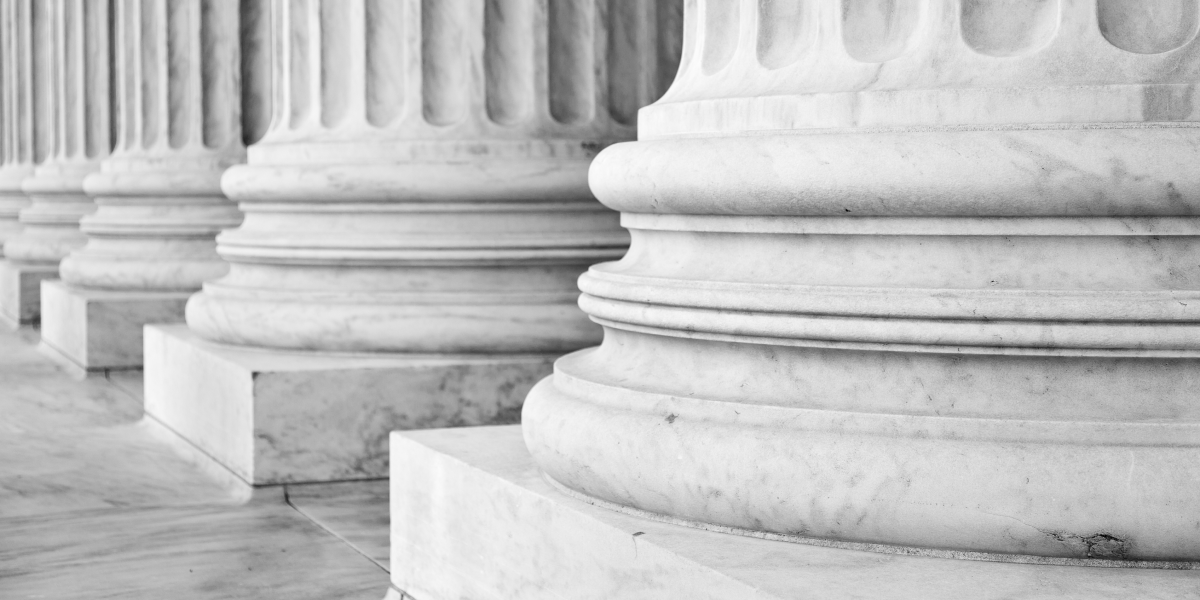
L’effet commercial de la décision de la Cour suprême sur la doctrine Chevron
septembre 13, 2024
La décision a une incidence sur l’avenir de la réglementation sur la qualité de l’air et des processus de conformité.

PM2.5 Révision annuelle du SNQA
mai 7, 2024
L’EPA des États-Unis a publié une règle finale fondée sur son réexamen de sa décision de 2020 de conserver les normes nationales de qualité de l’air ambiant (NQAA) primaires et secondaires pour les matières particulaires (MP) sans révision.
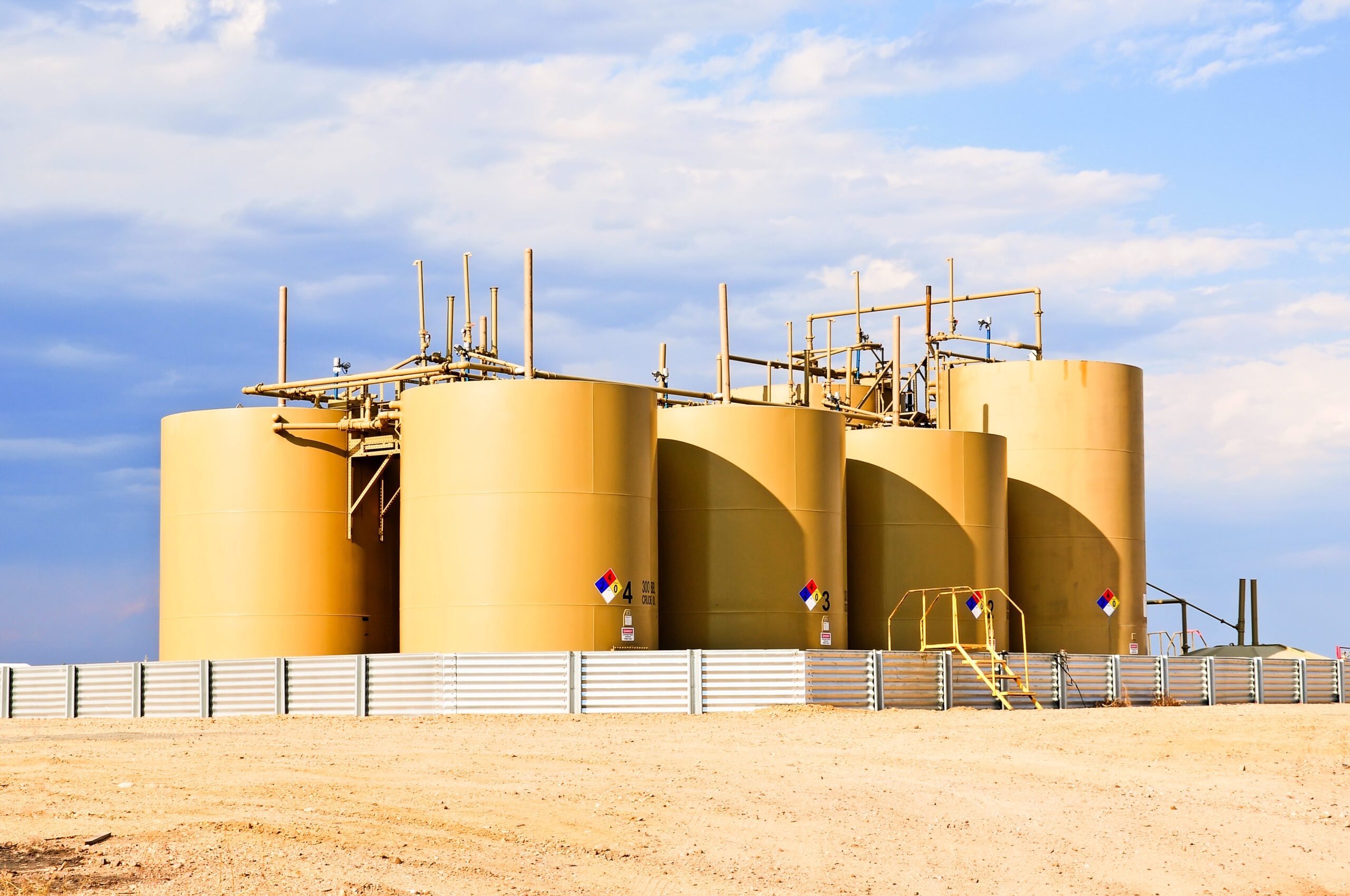
L’EPA publie des règlements sur les émissions des réservoirs du secteur pétrolier et gazier naturel
avril 30, 2024
Les exploitants de cuves de stockage ou de batteries-citernes doivent réduire leurs émissions de 95 %.
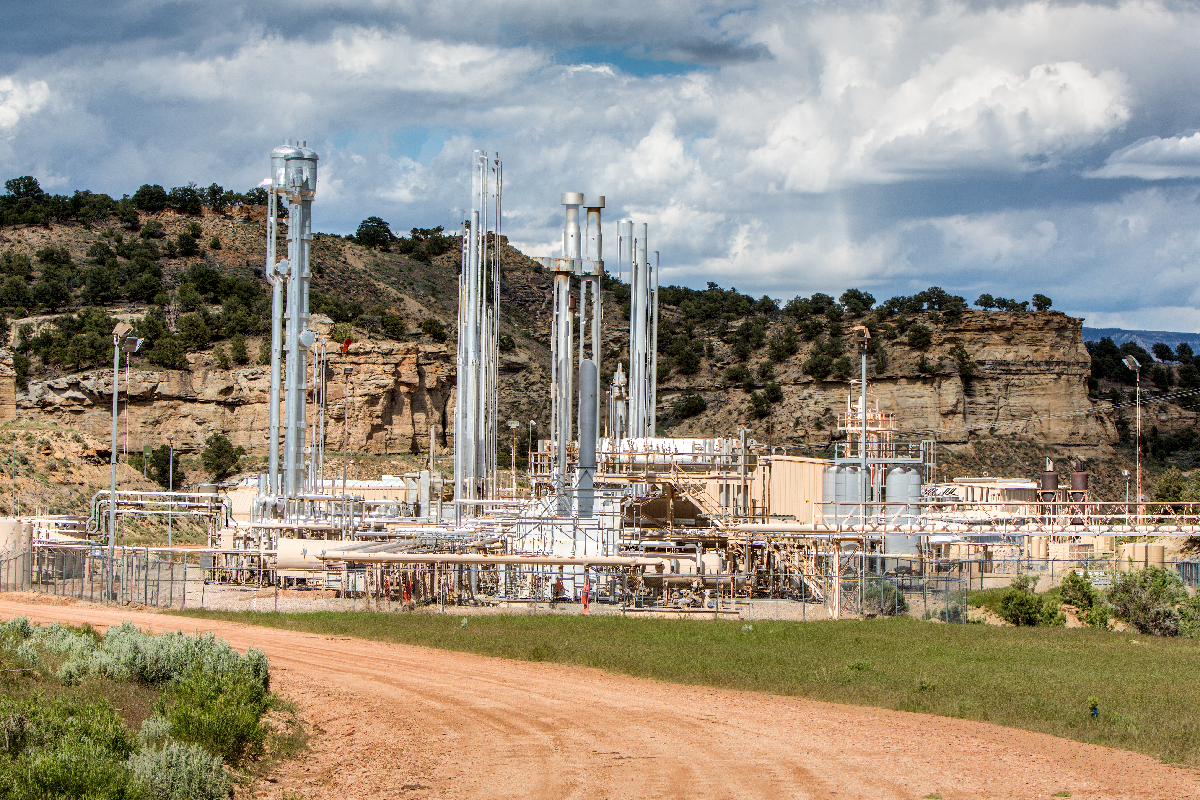
L’EPA propose des règles pour la redevance sur les émissions de déchets imposée par l’IRA pour le méthane
février 6, 2024
L’EPA a proposé des règles pour mettre en œuvre le programme de redevance sur les émissions de déchets (WEC) pour les installations qui dépassent un seuil d’émissions de déchets

Solutions et stratégies pour la qualité de l’air intérieur
février 1, 2024
La mise en œuvre de solutions et de stratégies appropriées en matière de qualité de l’air intérieur est essentielle à la sécurité de l’installation. Explorez les stratégies de gestion de la QAI avec cet article.

L’EPA propose de nouvelles lignes directrices sur l’analyse de la qualité de l’air pour les permis
janvier 5, 2024
Le 23 octobre 2023, l’EPA des États-Unis a proposé des modifications à la Ligne directrice sur les modèles de qualité de l’air et au modèle AERMOD de l’EPA des États-Unis

Modélisation des événements de buée et de givrage
Décembre 14, 2023
Au cours des dernières années, divers organismes à travers le pays se sont engagés à comprendre les impacts du brouillard généré par les systèmes de refroidissement. À première vue, le brouillard créé par les tours de refroidissement peut ne pas sembler être un problème important, mais il peut avoir des effets négatifs sur le public. Le brouillard peut nuire à la visibilité des personnes qui conduisent sur les routes et si les températures sont inférieures au point de congélation, le brouillard peut causer la formation de glace sur les surfaces. Pour comprendre les conséquences du brouillard créé par ces systèmes de refroidissement, les experts ont mis au point des techniques de modélisation avancées.

L’importance des SPFA dans l’atmosphère
novembre 13, 2023
Comprendre les préoccupations et se préparer aux problèmes potentiels

EPA Proposes Regulation of Green House Gas Emissions
juillet 10, 2023
This article highlights the EPA’s proposed rules to regulate greenhouse gas emissions from power plants and the potential impact on new and existing fossil fuel-fired facilities.

VaporSafe™ Continuous Air Monitoring Technology
janvier 9, 2023
VaporSafe™ continuous air monitoring technology can be used as a sustainable solution to identify a vapor intrusion pathway.

About Endotoxins
septembre 1, 2022
Levels of endotoxins have been associated with indoor air quality complaints and certain respiratory diseases in many types of buildings. Learn more.
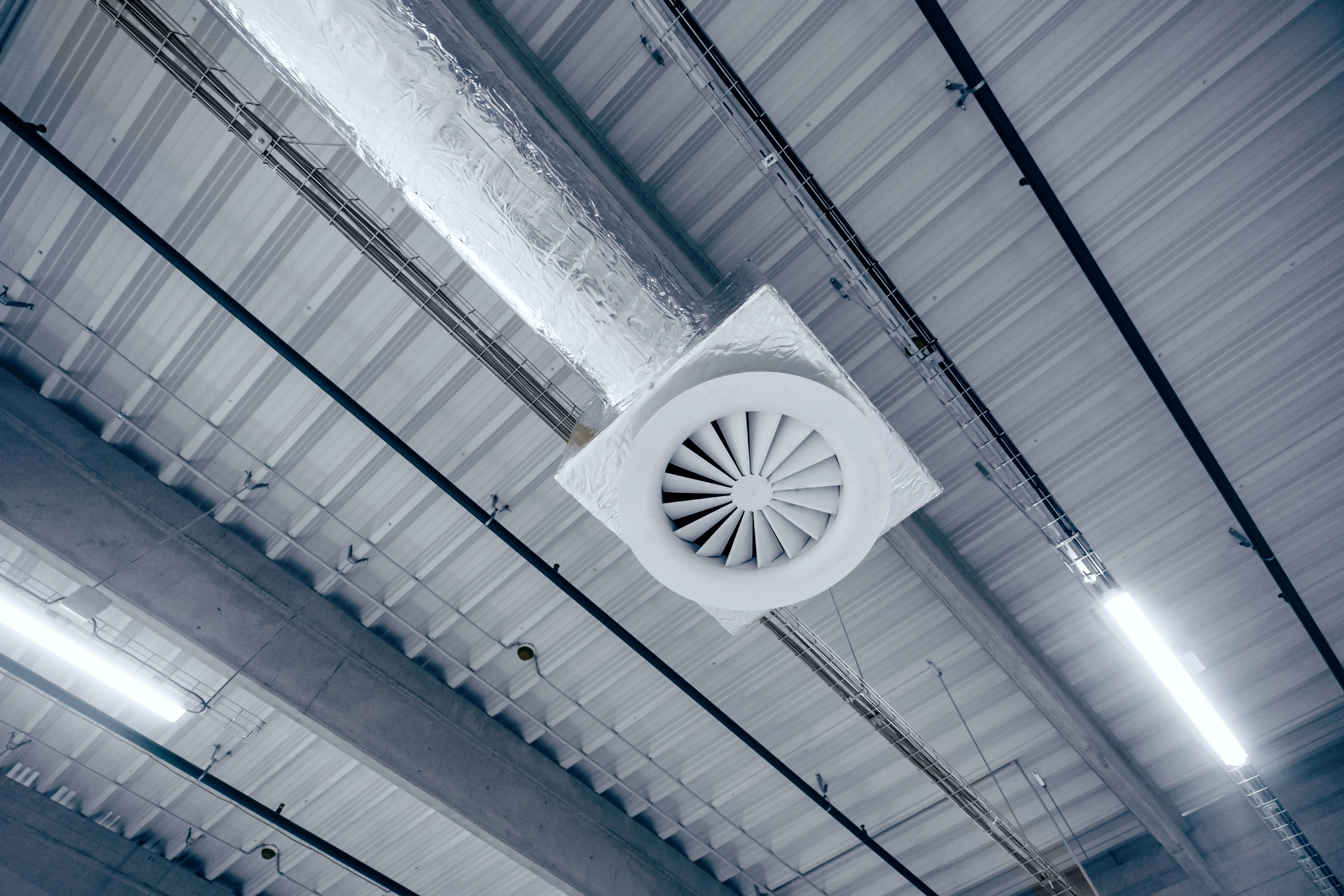
Preventing IAQ Issues Before They Start
septembre 1, 2022
Fixing problems before they worsen saves your building money and enhances safety. The same is true for indoor air quality. Learn more.

Conducting an IAQ Inspection
septembre 1, 2022
Many investigation strategies can help you uncover IAQ concerns and sources. An initial inspection can help you get started. Learn more from our guide.
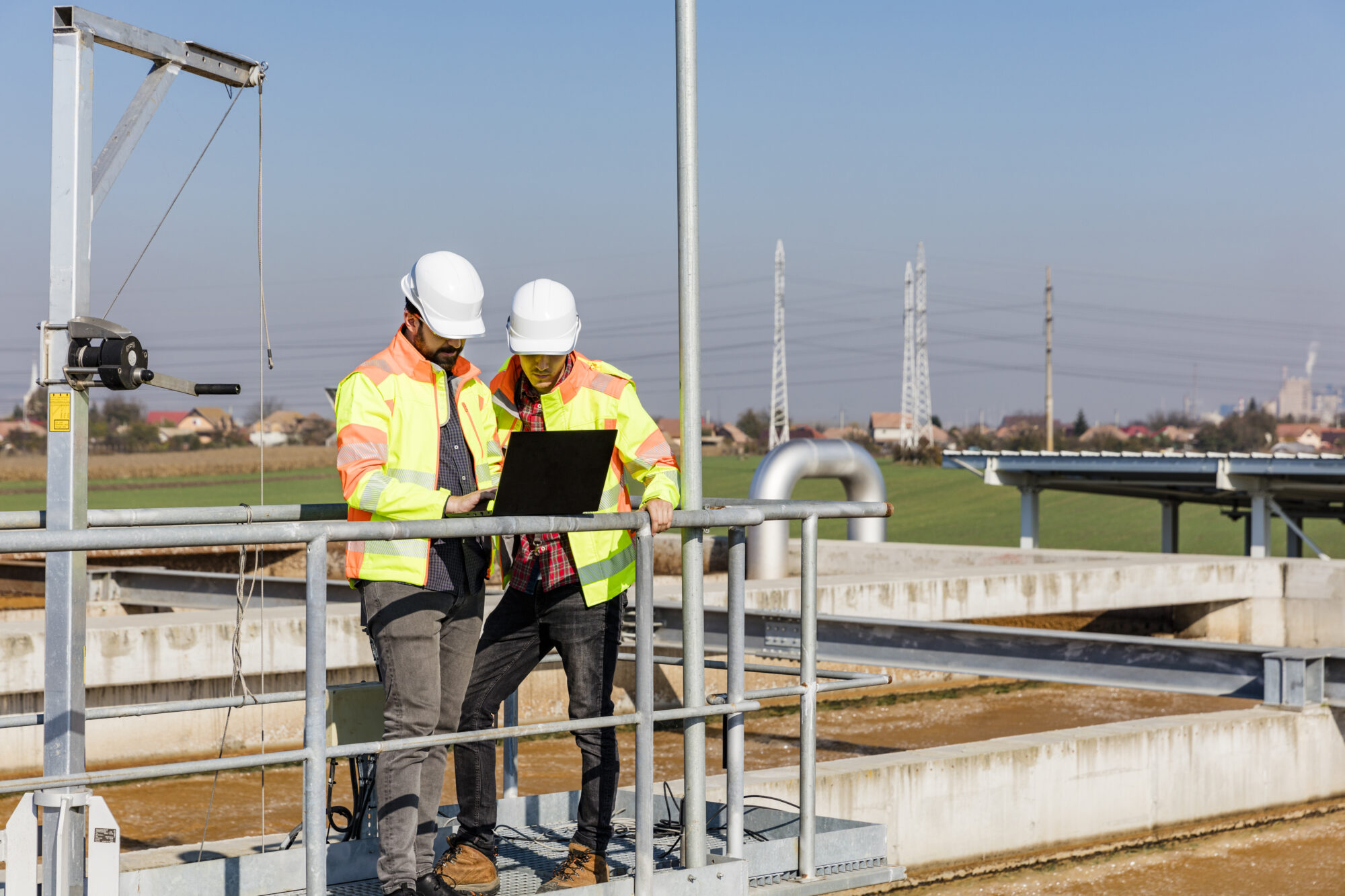
Regulatory Compliance Items to Consider as Part of Transactional Due Diligence
juillet 19, 2022
Performing a limited environmental regulatory review can identify potential deficiencies with the environmental management of an acquisition.

TRC Acquires United Sciences Testing, Inc., Expanding Air Management Capabilities
février 23, 2022
TRC Companies (“TRC”), announced the expansion of its Air Management capabilities with the acquisition of United Sciences Testing, Inc. (USTI), who provides emissions testing services to utility and industrial clients within the Great Lakes and Midwest regions of the US.

EPA Adds First New Hazardous Air Pollutant Since 1990
janvier 14, 2022
EPA finalized a rule to add 1-bromopropane to the federal list of hazardous air pollutants (HAPs) on December 22, 2022.

Air Emissions Permitting: What Analytical Laboratories Need to Know About Compliance
Décembre 18, 2021
The independent testing of liquid and solid samples is a critical way that businesses demonstrate regulatory compliance. The laboratories that perform these analyses are also subject to environmental rules and should closely track their operations to ensure they are meeting compliance obligations.
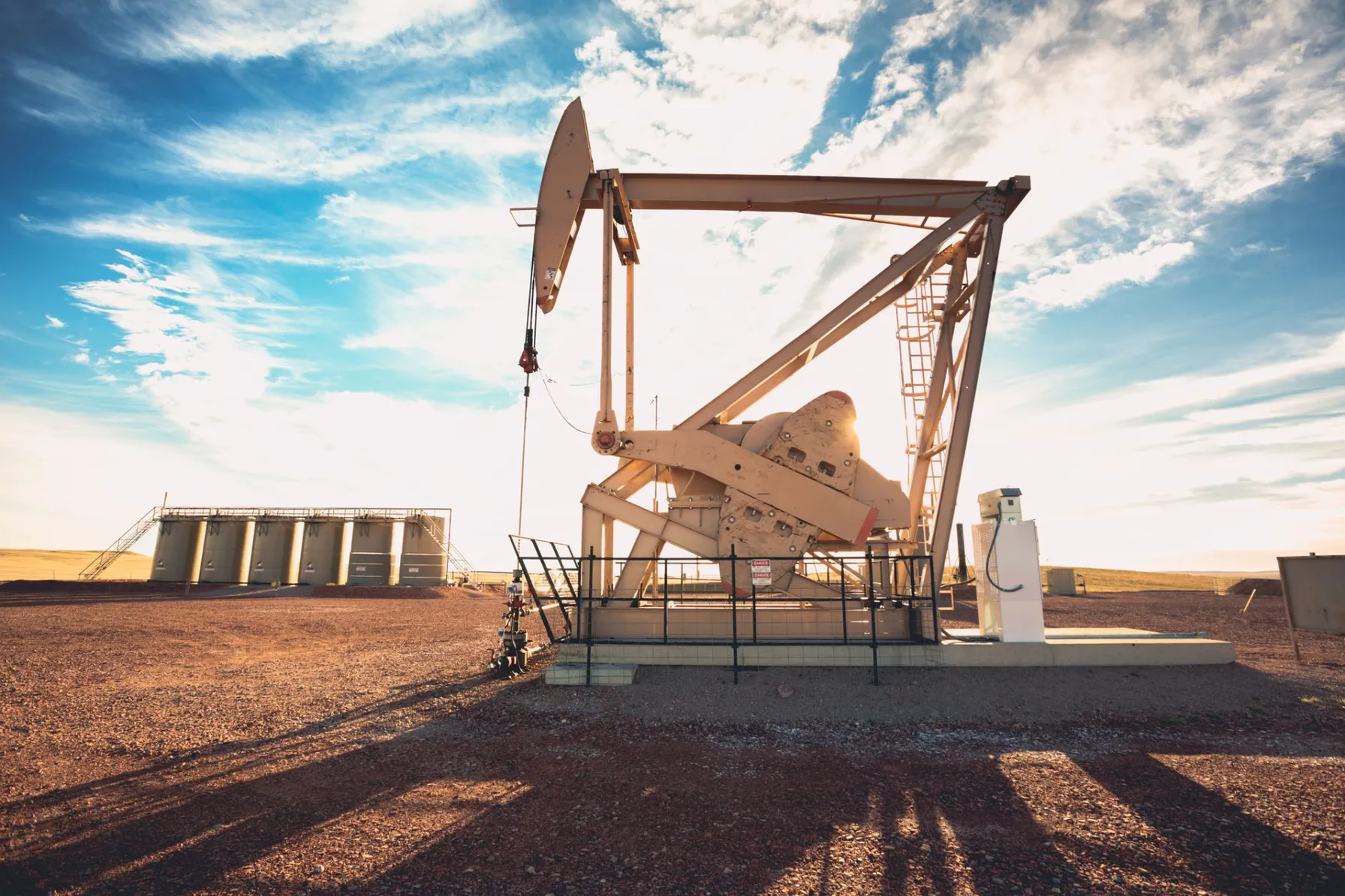
EPA Proposes Changes to Methane Control at Petroleum Operations
novembre 10, 2021
New Source Performance Standard for Methane Control at Petroleum Operations in 2022

PFAS Air Emissions Standards and Trends for Summer 2021
août 17, 2021
Environmental impacts of PFAS in ambient air leads to states implementing PFAS air-related thresholds.

Managing EHS & ESG Risks Through Integrated Systems Today and Beyond
juillet 22, 2021
It has been more than 50 years since the development and establishment of the federal Environmental Protection Agency (EPA) and the federal Occupational Safety & Health Administration (OSHA) which were formed to protect our environment and workplaces across the United States. Significant laws, policies and regulations followed to establish the “regulatory programs” that all applicable businesses and entities must address and meet to ensure these compliance-driven legislative programs would create a foundation to protect our society.

EPA Ramps Up Inspections and Enforcement Actions
mai 14, 2021
EPA’s acting enforcement chief, Larry Starfield, directs agents to ramp up inspections in communities known to be afflicted by pollution
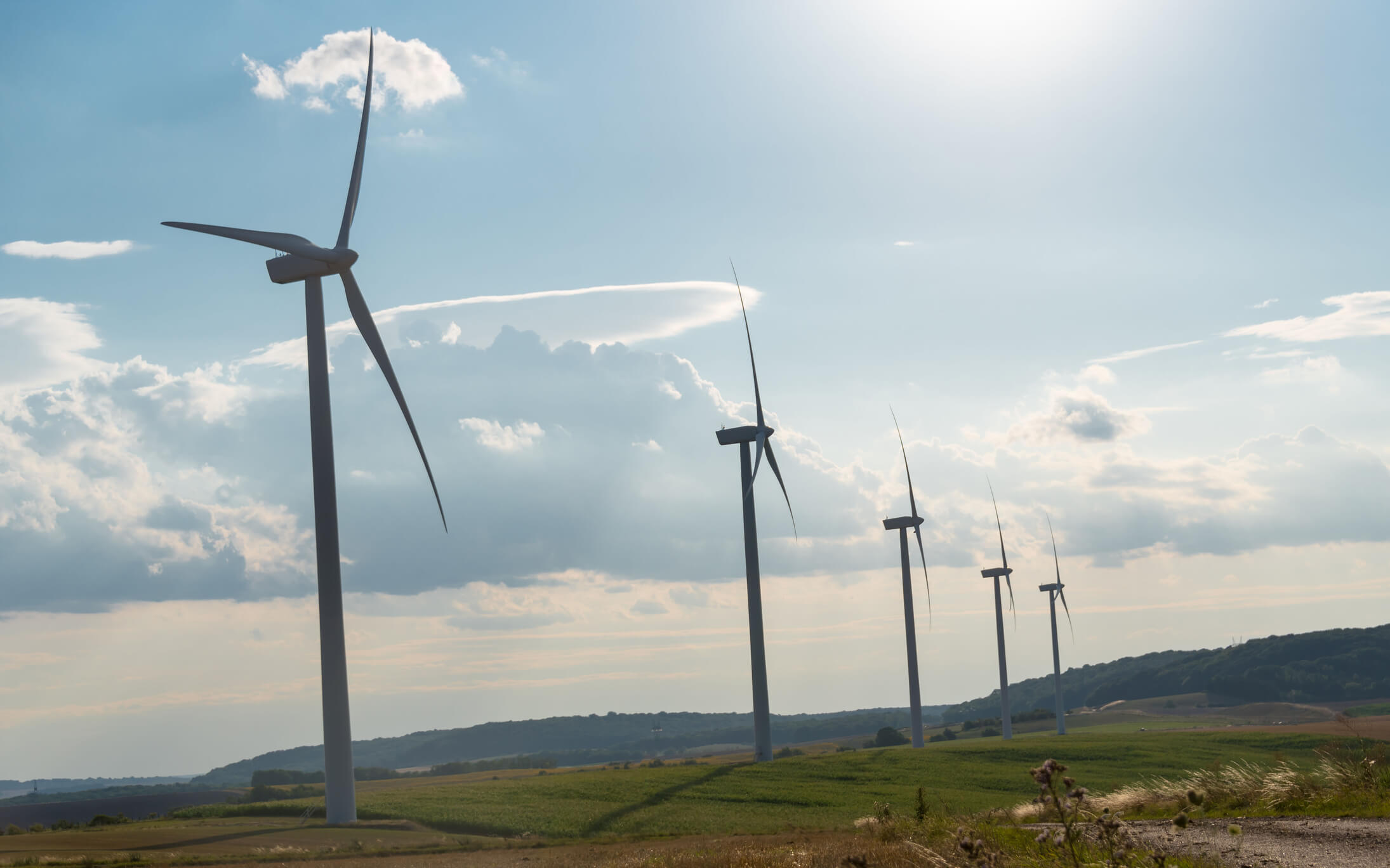
South Coast Air Quality Management District Rule 2305: Warehouse Indirect Source Rule
avril 7, 2021
The rule is intended to reduce local and regional emissions of NOx and diesel particulate matter (PM).

The View on Climate Change has Changed in Washington
mars 1, 2021
The Biden Administration signals both a renewed and accelerated focus on climate change.
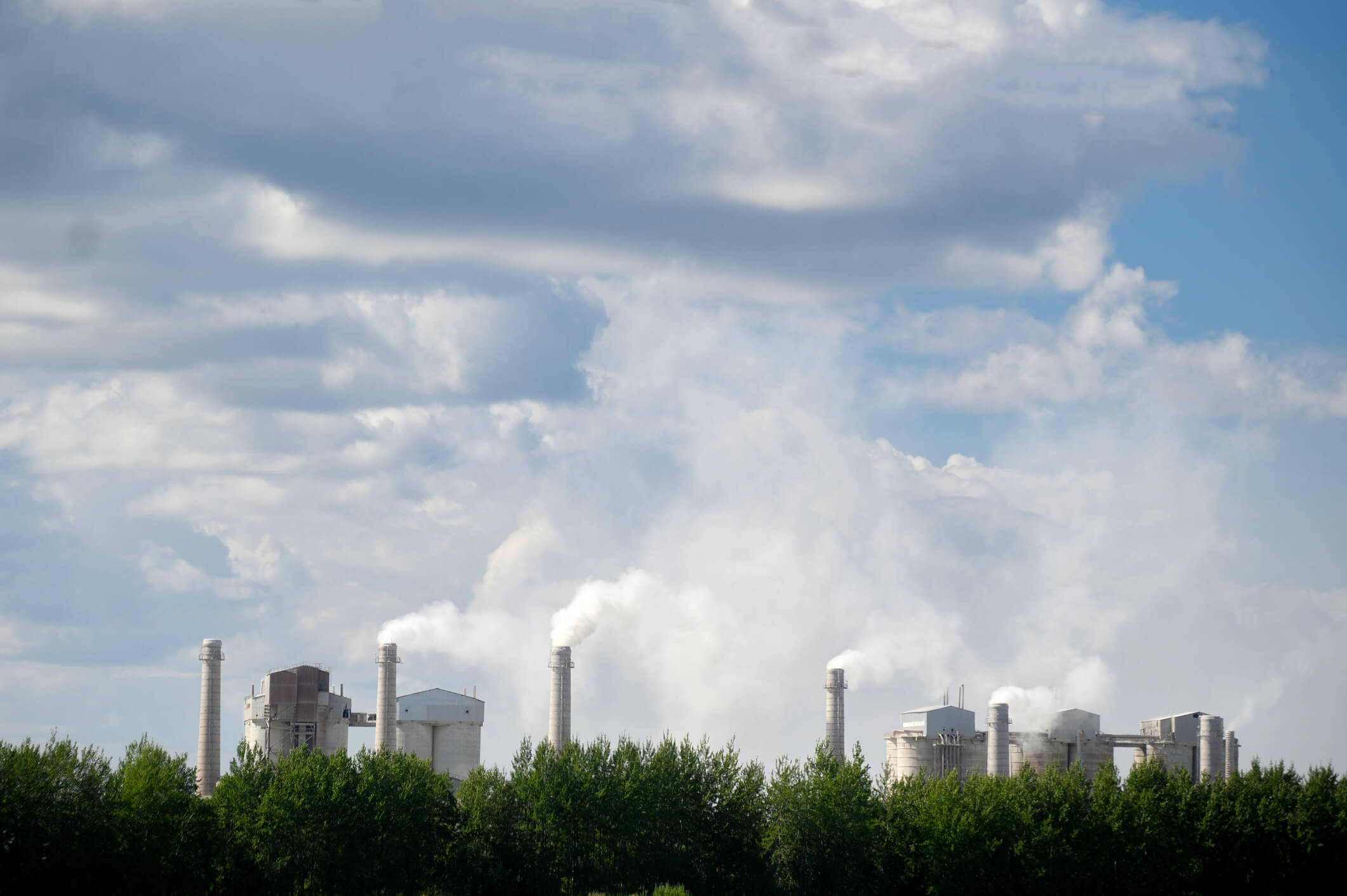
EPA Issues PFAS Air Emissions Draft Test Method OTM-45
février 5, 2021
First Air Emissions Draft Test for the Measurement of Selected Per- and Polyfluorinated Alkyl Substances from Stationary Sources

Conducting a Successful Compliance Stack Test Program
janvier 28, 2021
Conducting a Successful Compliance Stack Test Prog

EPA Clean Air Act Rulemaking Announced December 2020
Décembre 31, 2020
EPA announces Clean Air Act Rulemaking in the final month of the current administration and indicates more could be announced before the new administration comes into office.

New Jersey’s Landmark Environmental Justice Law
novembre 24, 2020
What Is an Indoor Air Quality Assessment? An indoor air quality assessment involves identifying and addressing air quality issues within a facility to ensure a healthy and safe environment for occupants. The assessment process typically includes an initial inspection, laboratory testing for contaminants, and recommendations for improvements. LEED-certified buildings prioritize indoor air quality, adopting measures to maintain good IAQ throughout construction and occupancy. Contact Us
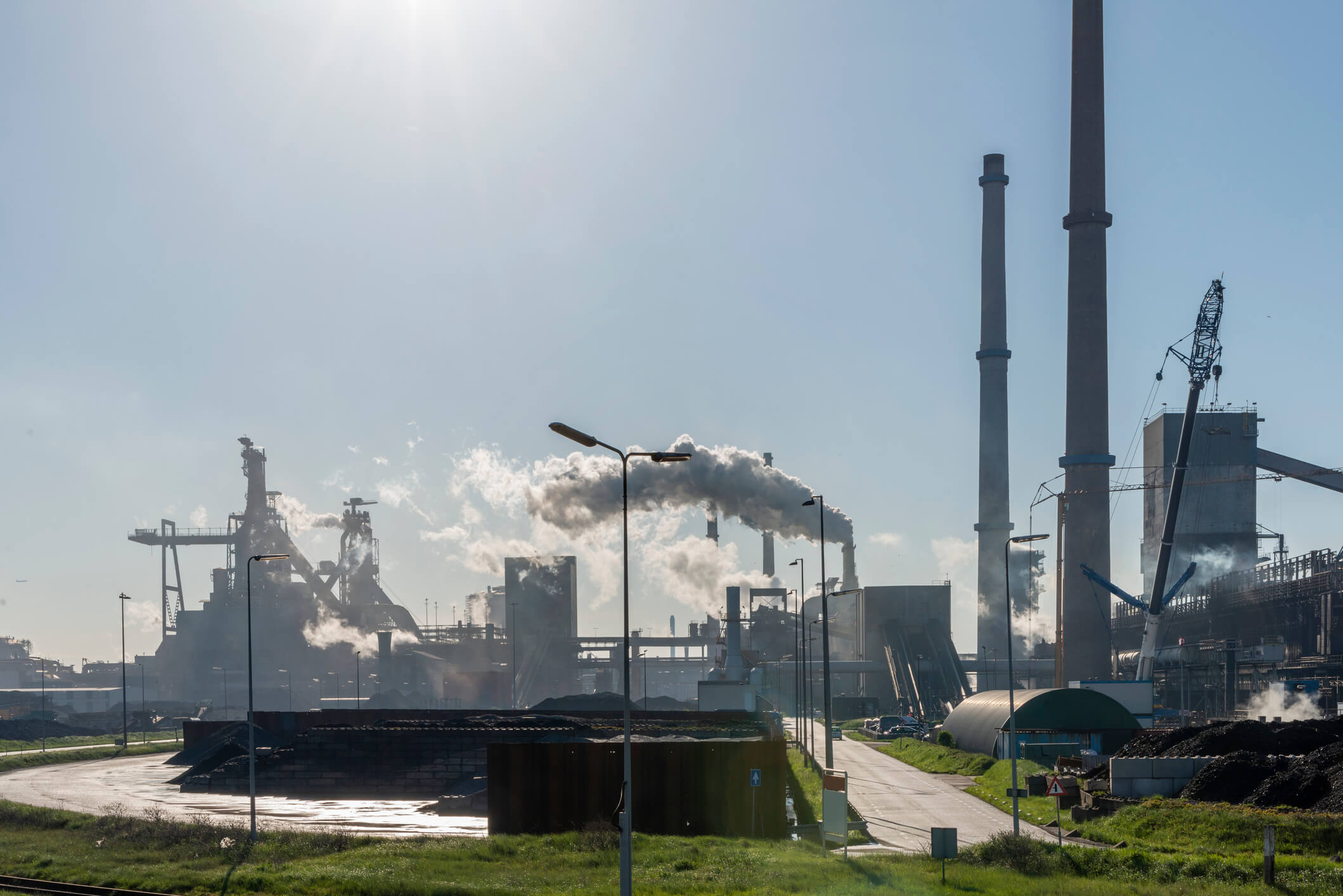
EPA Finalizes Reversal of “Once In Always In” Air Pollution Policy
novembre 18, 2020
On October 1, 2020, the EPA finalized a ruling that no longer enforces the “once in, always in” air emissions policy.
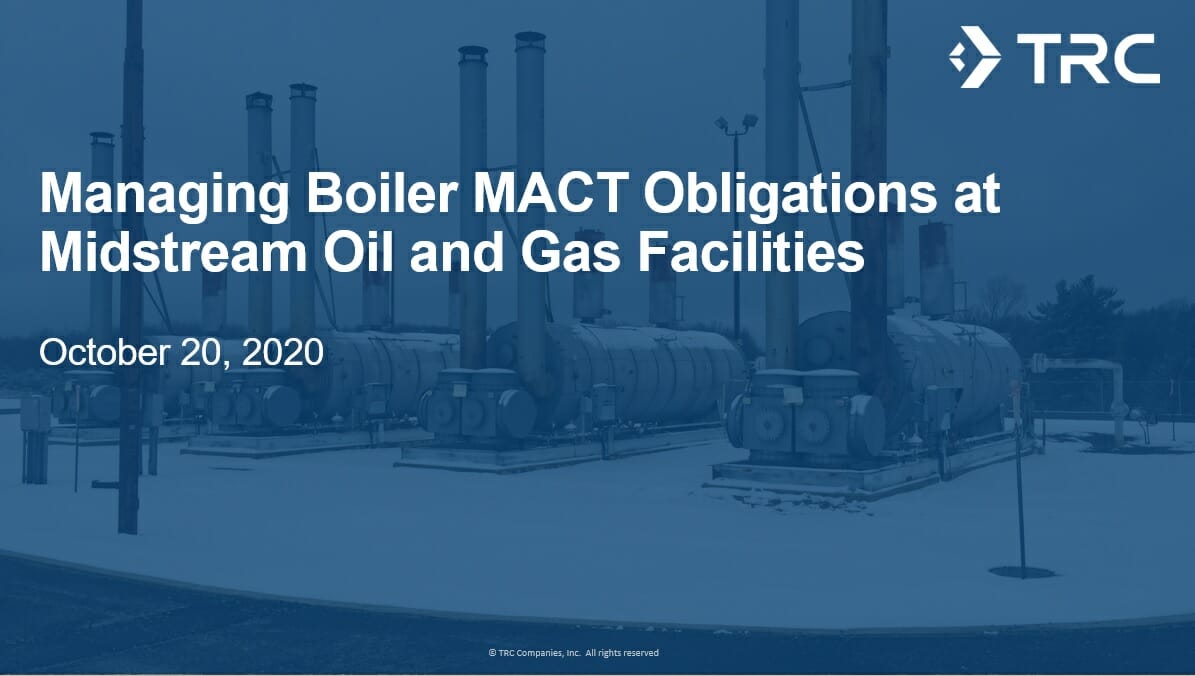
Managing Boiler MACT Obligations at Multiple Facilities
octobre 30, 2020
TRC, a national leader in combustion optimization services and technical consulting.

TRC Awarded a Yahara WINS Grant
août 28, 2020
TRC was recently awarded a Yahara WINS grant to develop a pilot scale simple aeration method for removing phosphorous from the discharge of manure digesters. The grant application was developed and submitted by: Bob Stanforth, Alyssa Sellwood, Mike Ursin, Ted O’Connell, Ken Quinn, and John Rice, who are members of multiple TRC CORE teams.
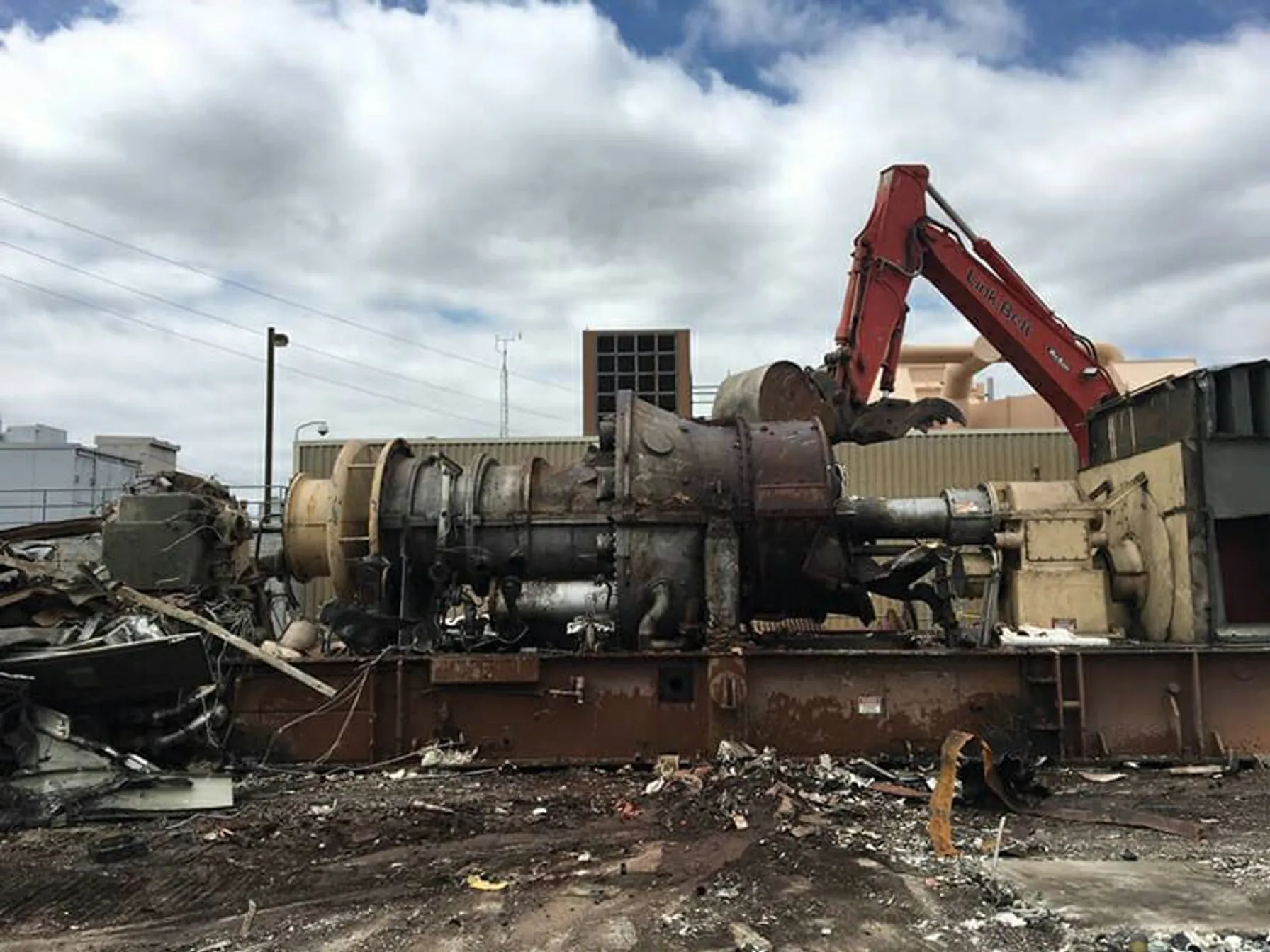
New York State Finalizes Emission Limits for Power Generators
janvier 21, 2020
On January 16, 2020, the New York State Department of Environmental Conservation (NYSDEC) finalized a rulemaking limiting nitrogen oxide (NOx) emissions from existing simple cycle and regenerative peaking combustion turbines with a nameplate capacity of 15 megawatts (MW) or greater during the ozone season (May 1 – October 31).

EPA Looking to Revise Official Definition of ‘Ambient Air’
Décembre 18, 2018
The EPA’s move to redefine « ambient air » could make it easier for facilities to comply with the Clean Air Act.
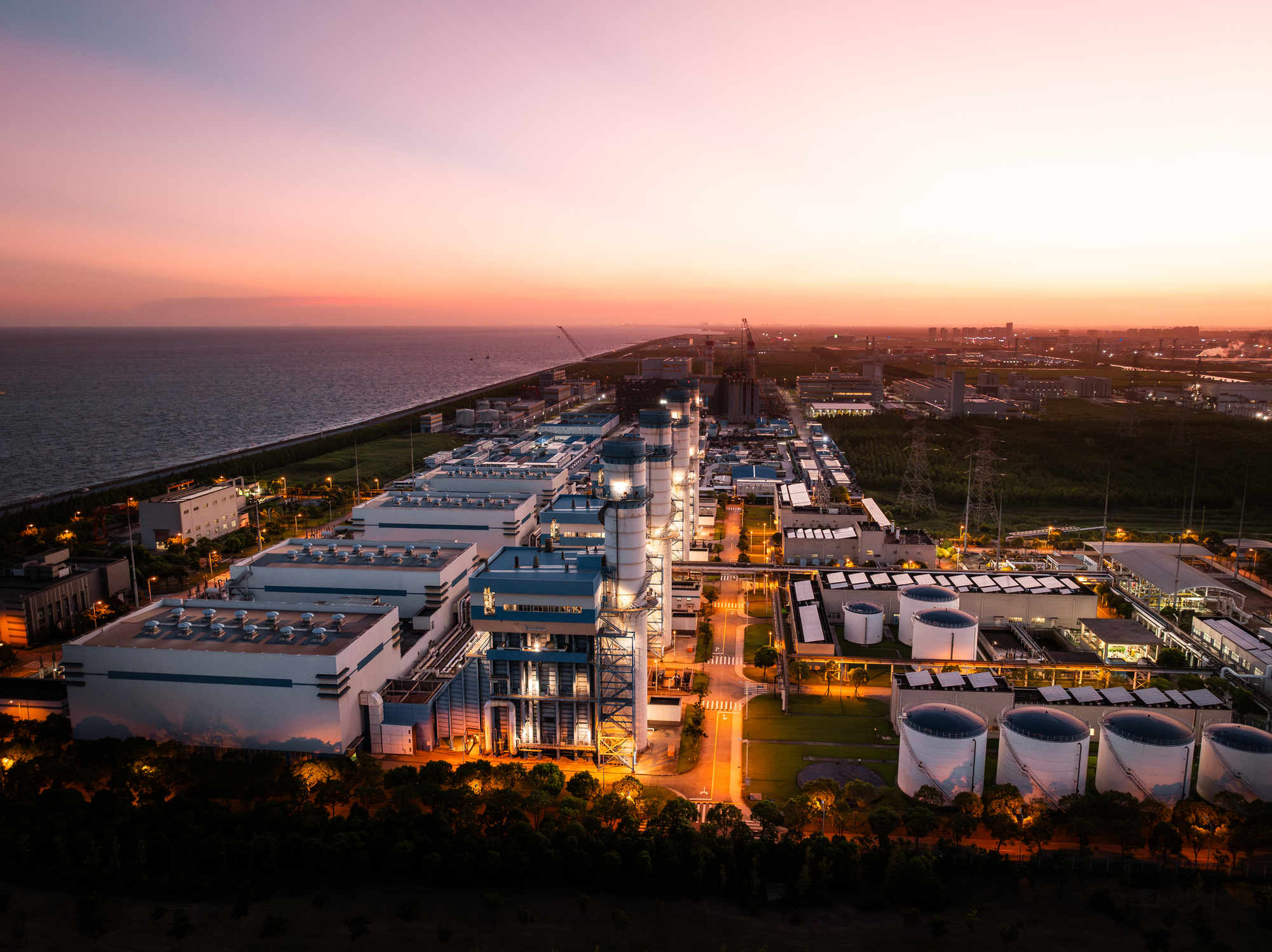
L’EPA signe une nouvelle règle affectant les émissions atmosphériques des turbines à combustion fixes
septembre 16, 2024
L’EPA a finalisé l’examen des risques résiduels et de la technologie (RTR) des Normes nationales d’émission pour les polluants atmosphériques dangereux (NESHAP) pour les turbines à combustion fixes.

Solutions et stratégies pour la qualité de l’air intérieur
février 1, 2024
La mise en œuvre de solutions et de stratégies appropriées en matière de qualité de l’air intérieur est essentielle à la sécurité de l’installation. Explorez les stratégies de gestion de la QAI avec cet article.

L’EPA propose de nouvelles lignes directrices sur l’analyse de la qualité de l’air pour les permis
janvier 5, 2024
Le 23 octobre 2023, l’EPA des États-Unis a proposé des modifications à la Ligne directrice sur les modèles de qualité de l’air et au modèle AERMOD de l’EPA des États-Unis

Modélisation des événements de buée et de givrage
Décembre 14, 2023
Au cours des dernières années, divers organismes à travers le pays se sont engagés à comprendre les impacts du brouillard généré par les systèmes de refroidissement. À première vue, le brouillard créé par les tours de refroidissement peut ne pas sembler être un problème important, mais il peut avoir des effets négatifs sur le public. Le brouillard peut nuire à la visibilité des personnes qui conduisent sur les routes et si les températures sont inférieures au point de congélation, le brouillard peut causer la formation de glace sur les surfaces. Pour comprendre les conséquences du brouillard créé par ces systèmes de refroidissement, les experts ont mis au point des techniques de modélisation avancées.

Regulatory Compliance Items to Consider as Part of Transactional Due Diligence
juillet 19, 2022
Performing a limited environmental regulatory review can identify potential deficiencies with the environmental management of an acquisition.
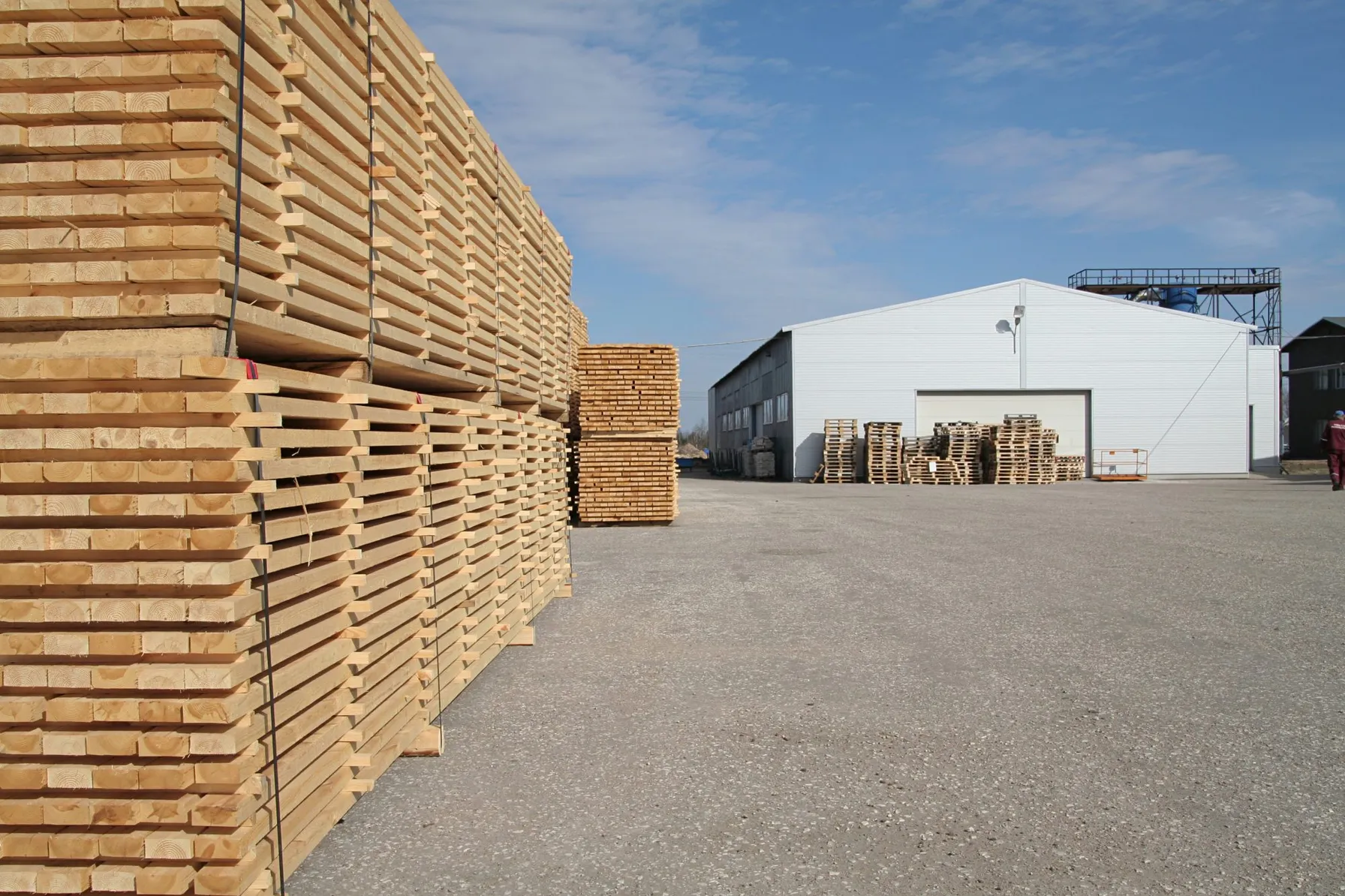
EPA Issues Information Collection Request for Plywood and Composite Wood Products Source Operators
mars 17, 2022
EPA issued an Information Collection Request (ICR) to develop new emission standards for inclusion in the Plywood and Composite Wood Products (PCWP) National Emissions Standards for Hazardous Air Pollutants (NESHAP).

EPA Lifts Stay of Standards for New Lean Premix and Diffusion Flame Gas-fired Combustion Turbines
mars 14, 2022
The EPA Administration signed a notice to finalize amendments to the National Emission Standards for Hazardous Air Pollutants (NESHAP) for Stationary Combustion Turbines

TRC Acquires United Sciences Testing, Inc., Expanding Air Management Capabilities
février 23, 2022
TRC Companies (“TRC”), announced the expansion of its Air Management capabilities with the acquisition of United Sciences Testing, Inc. (USTI), who provides emissions testing services to utility and industrial clients within the Great Lakes and Midwest regions of the US.

Air Emissions Permitting: What Analytical Laboratories Need to Know About Compliance
Décembre 18, 2021
The independent testing of liquid and solid samples is a critical way that businesses demonstrate regulatory compliance. The laboratories that perform these analyses are also subject to environmental rules and should closely track their operations to ensure they are meeting compliance obligations.

EPA Proposes Changes to Methane Control at Petroleum Operations
novembre 10, 2021
New Source Performance Standard for Methane Control at Petroleum Operations in 2022

PFAS Air Emissions Standards and Trends for Summer 2021
août 17, 2021
Environmental impacts of PFAS in ambient air leads to states implementing PFAS air-related thresholds.

Managing EHS & ESG Risks Through Integrated Systems Today and Beyond
juillet 22, 2021
It has been more than 50 years since the development and establishment of the federal Environmental Protection Agency (EPA) and the federal Occupational Safety & Health Administration (OSHA) which were formed to protect our environment and workplaces across the United States. Significant laws, policies and regulations followed to establish the “regulatory programs” that all applicable businesses and entities must address and meet to ensure these compliance-driven legislative programs would create a foundation to protect our society.
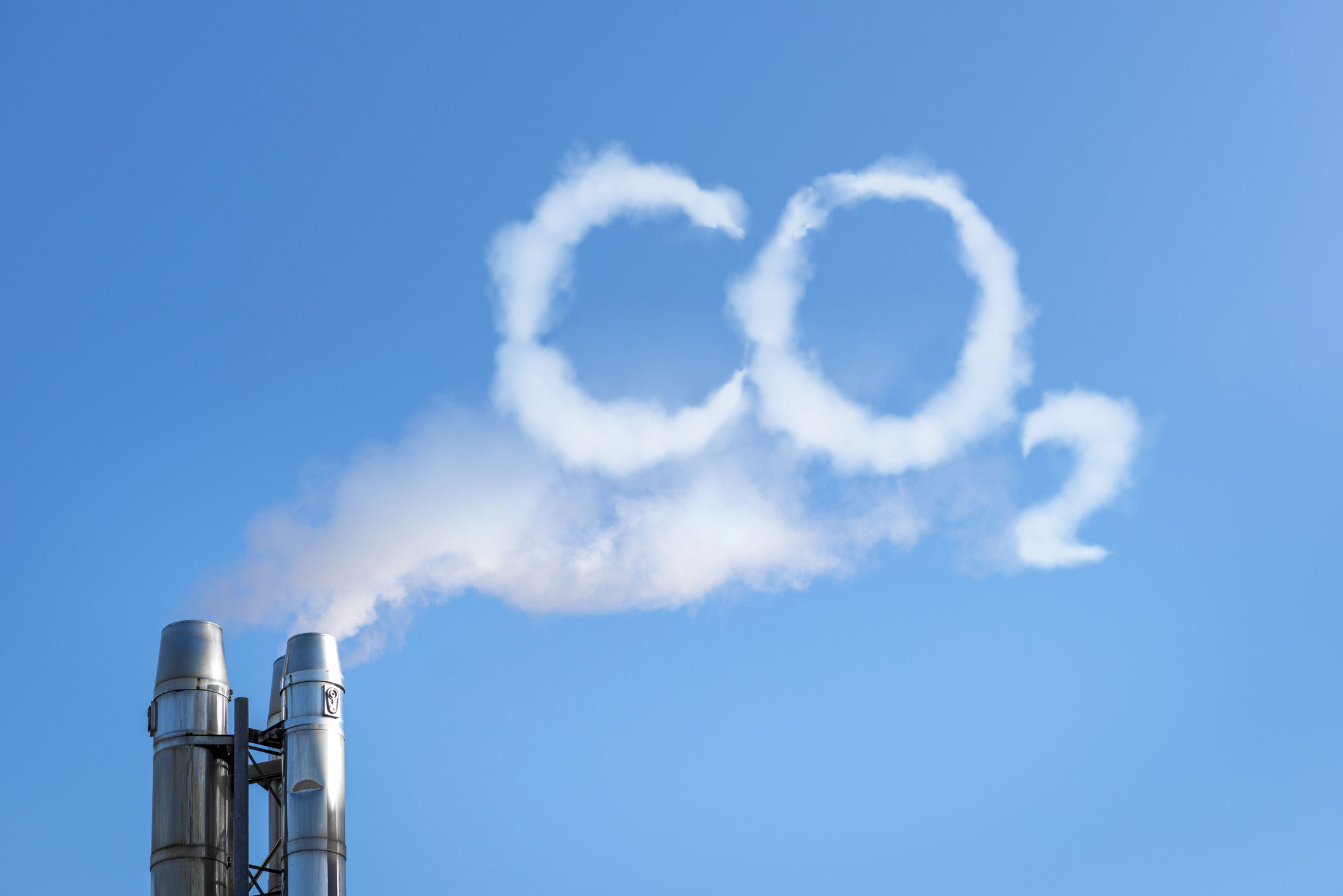
Advancing Emissions Testing Data Reliability Through Accreditation
juin 16, 2021
TRC has renewed third party accreditation of our QMS in accordance with ASTM D7036:2004 Standard Practice for Competence of AETBs for the 5th time.
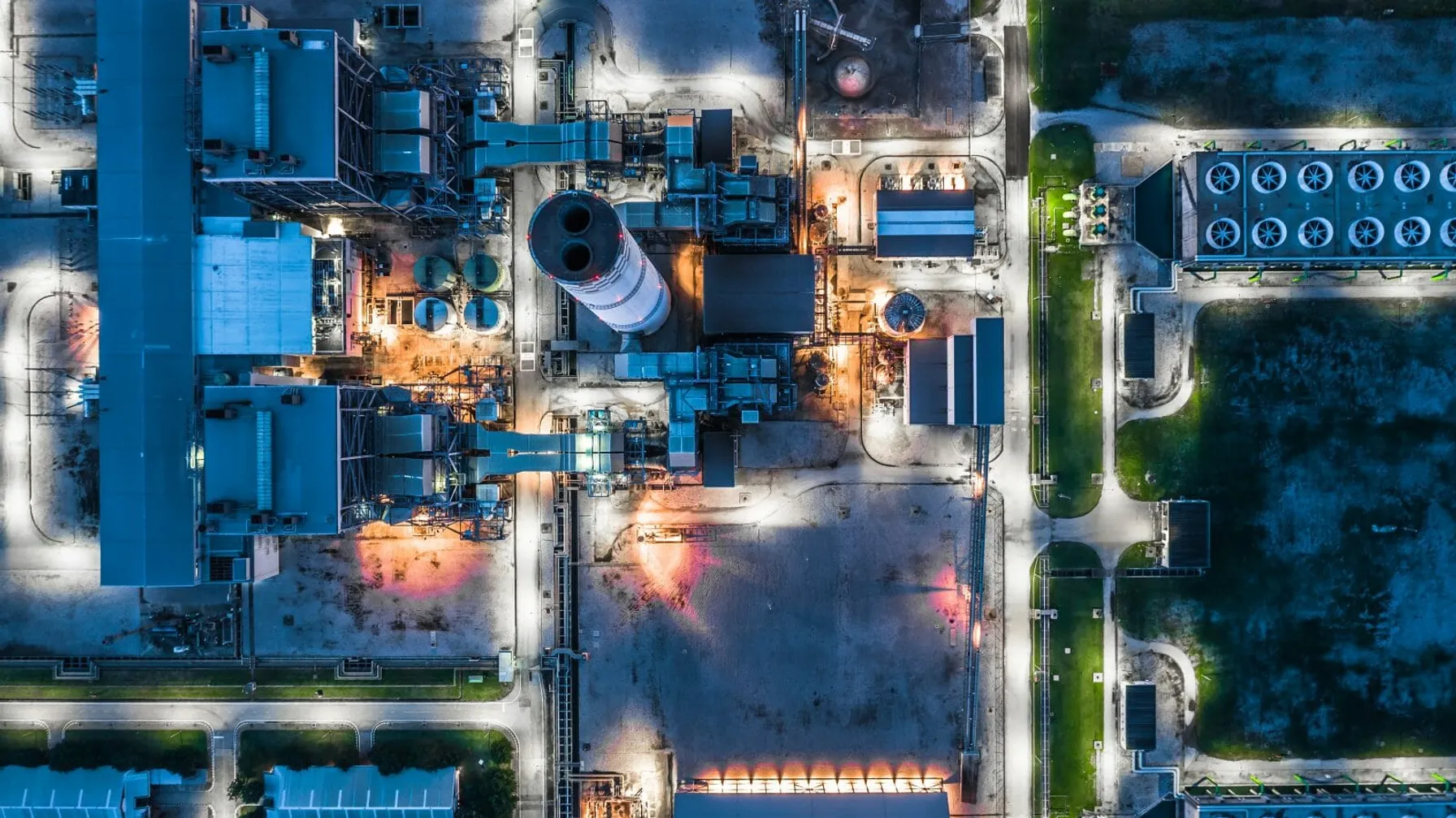
EPA Proposes New Emissions Limits for Combustion Turbines
mai 22, 2021
After 15 years of legal limbo, combustion turbines could be facing new emissions standards under a proposal introduced by the EPA.

EPA Ramps Up Inspections and Enforcement Actions
mai 14, 2021
EPA’s acting enforcement chief, Larry Starfield, directs agents to ramp up inspections in communities known to be afflicted by pollution

South Coast Air Quality Management District Rule 2305: Warehouse Indirect Source Rule
avril 7, 2021
The rule is intended to reduce local and regional emissions of NOx and diesel particulate matter (PM).
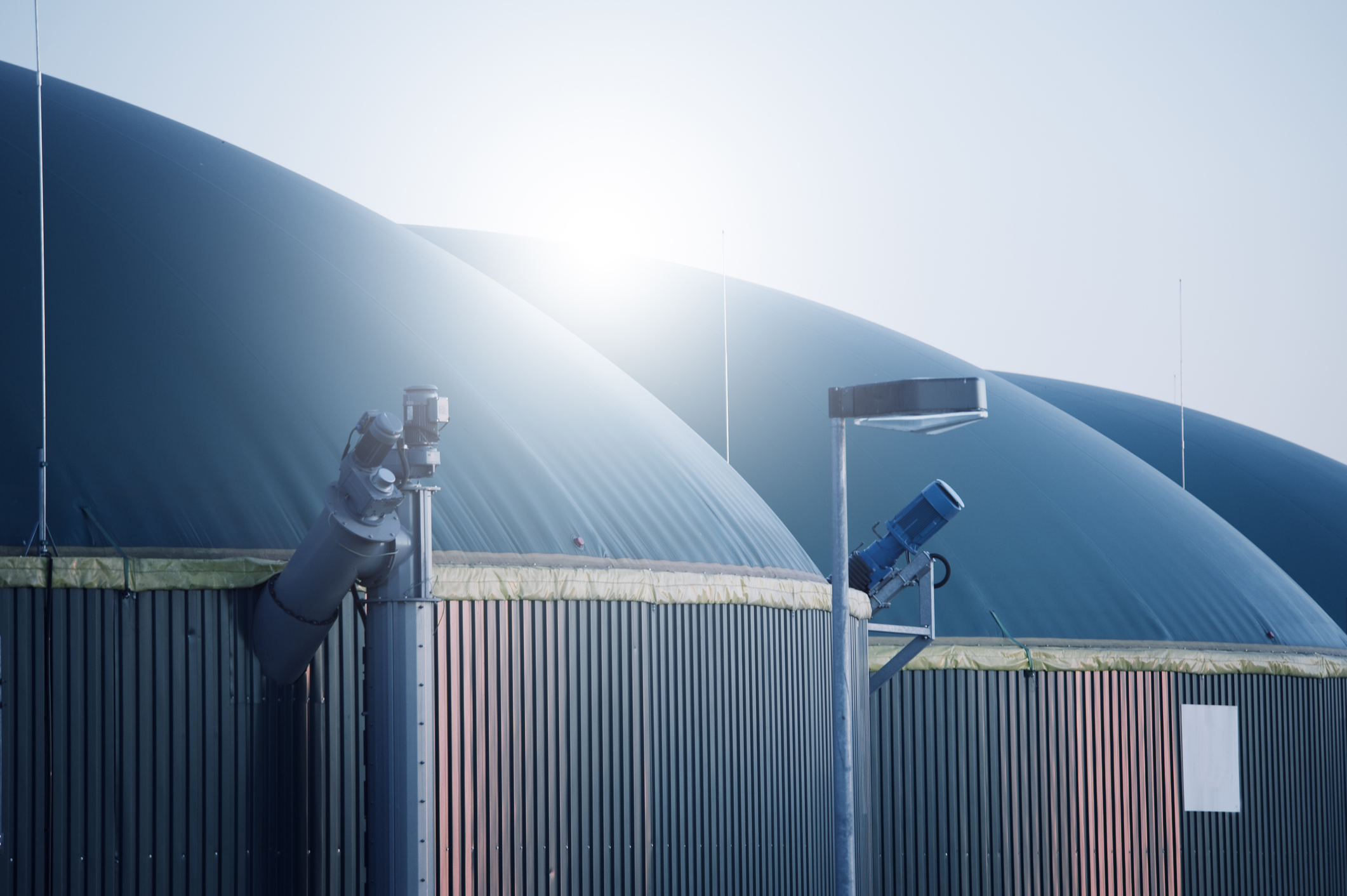
Product Quality Verification is Fundamental to Commercialization of Biogas from Waste Streams
mars 2, 2021
In this the first of a two-part series, the authors examine the production of biogas produced by anaerobic digestion and its upgrading to renewable natural gas.

The View on Climate Change has Changed in Washington
mars 1, 2021
The Biden Administration signals both a renewed and accelerated focus on climate change.

EPA Issues PFAS Air Emissions Draft Test Method OTM-45
février 5, 2021
First Air Emissions Draft Test for the Measurement of Selected Per- and Polyfluorinated Alkyl Substances from Stationary Sources

Conducting a Successful Compliance Stack Test Program
janvier 28, 2021
Conducting a Successful Compliance Stack Test Prog

TRC In Manchester – 1 Year Later
janvier 25, 2021
In January 2020 we opened our second UK office in Manchester. One year later, we reflect on our first year of business, a year that presented the world with unprecedented challenges.

TRC Companies Selects Kent Kading as National Director of EHS Services
Décembre 15, 2020
TRC Companies selects Kent Kading as National Director of Environmental, Health and Safety (EHS Services).

EPA Finalizes Reversal of “Once In Always In” Air Pollution Policy
novembre 18, 2020
On October 1, 2020, the EPA finalized a ruling that no longer enforces the “once in, always in” air emissions policy.

Managing Boiler MACT Obligations at Multiple Facilities
octobre 30, 2020
TRC, a national leader in combustion optimization services and technical consulting.

TRC Awarded a Yahara WINS Grant
août 28, 2020
TRC was recently awarded a Yahara WINS grant to develop a pilot scale simple aeration method for removing phosphorous from the discharge of manure digesters. The grant application was developed and submitted by: Bob Stanforth, Alyssa Sellwood, Mike Ursin, Ted O’Connell, Ken Quinn, and John Rice, who are members of multiple TRC CORE teams.

New York State Finalizes Emission Limits for Power Generators
janvier 21, 2020
On January 16, 2020, the New York State Department of Environmental Conservation (NYSDEC) finalized a rulemaking limiting nitrogen oxide (NOx) emissions from existing simple cycle and regenerative peaking combustion turbines with a nameplate capacity of 15 megawatts (MW) or greater during the ozone season (May 1 – October 31).
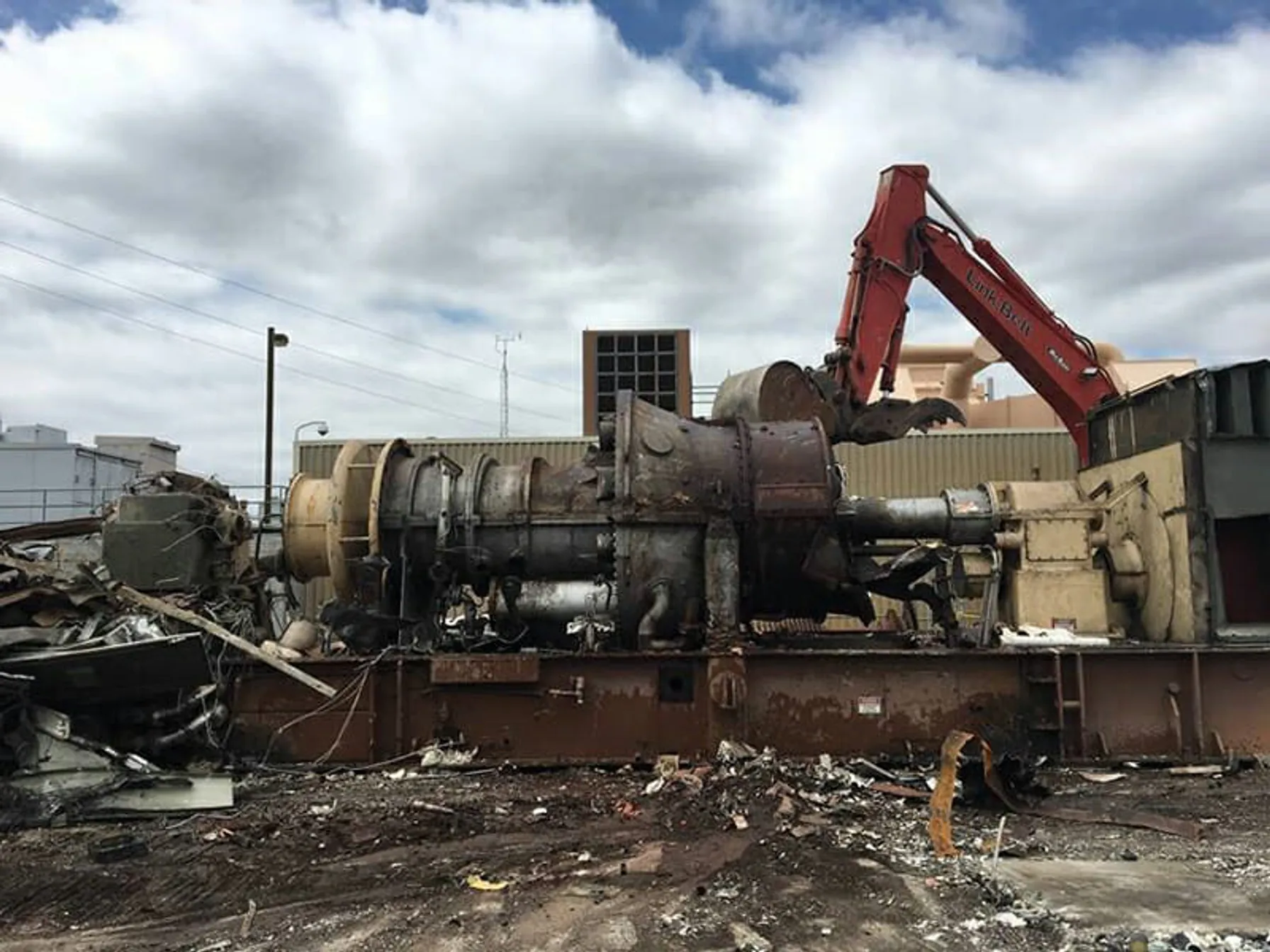
New York State Proposes Emissions Limits for Power Generators
mars 22, 2019
On February 27, 2019, the New York State Department of Environmental Conservation (NYSDEC) released a proposed rulemaking limiting nitrogen oxide (NOx) emissions from existing simple cycle and regenerative peaking combustion turbines with a nameplate capacity of 15 megawatts (MW) or greater during the ozone season (May 1 – October 31).
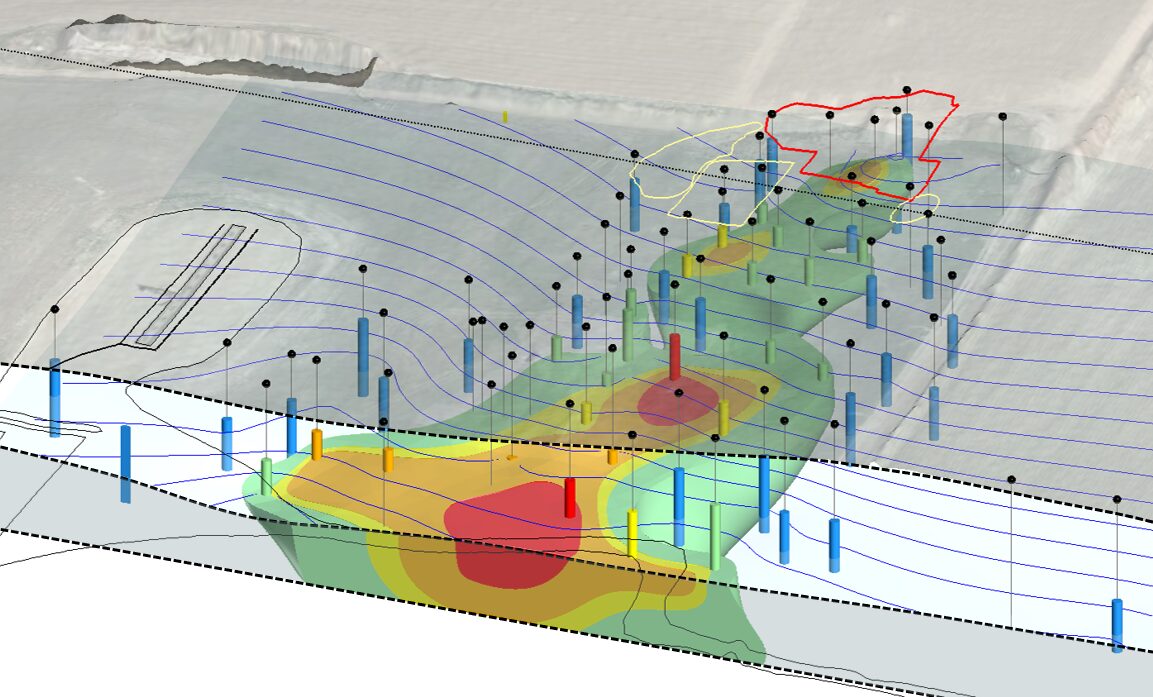
Development and Types of Conceptual Site Models (CSMs)
mars 15, 2025
There are vast resources, including publications and guidance documents on the topic of Conceptual Site Models (CSMs), and the term “CSM” can mean many different things to different people depending on their technical area of expertise and their expectation about the goal or purpose of the subject CSM

Comment faire passer un projet renouvelable de la planification à la construction
mai 15, 2021
Un changement sociétal généralisé est en cours – le moment est venu de réduire la dépendance aux combustibles fossiles et de commencer des projets d’énergie renouvelable. Parmi ceux qui devraient participer, il y a les entreprises de services publics. Ils peuvent faire preuve d’une bonne conscience sociale et bénéficier d’un retour sur investissement (ROI) notable en mettant en œuvre des projets d’énergie renouvelable. Dans ce chapitre, vous en apprendrez davantage sur le processus d’investissement dans les énergies renouvelables. Utilisez ce guide de développement de projets d’énergie renouvelable pour vous aider à démarrer.

Impacts environnementaux de la transition vers les énergies renouvelables
mai 15, 2021
La transition vers les sources d’énergie renouvelables aura des répercussions environnementales et économiques notables. Pour comprendre les implications possibles, vous aurez besoin d’une connaissance de base de la façon dont les combustibles fossiles affectent l’environnement.

Gale Hoffnagle
Gale F. Hoffnagle, CCM, QEP is a Senior Vice President and technical Director in the Air Quality Consulting Practice. He has 52 years of consulting experience and 38 years of service to TRC. He advised clients on the Clean Air Act amendments of 1977 and 1990. Contact Gale at GHoffnagle@trccompanies.com.

